The idea of a Leprosy Museum was broached by late Sharad S. Naik, Founder Secretary of ALH-RRE Society
Acworth Leprosy Museum is the joint project of Acworth Municipal Hospital for Leprosy and Acworth Leprosy Hospital Research Society, Wadala, Mumbai.
The Museum is the only one of its kind in India. It is dedicated to millions of leprosy sufferers throughout history, to the philanthropists and Social workers who ameliorated their sufferings, and pays tribute to those whose labours delivered remedies and other benefits to the most marginalized of human society.
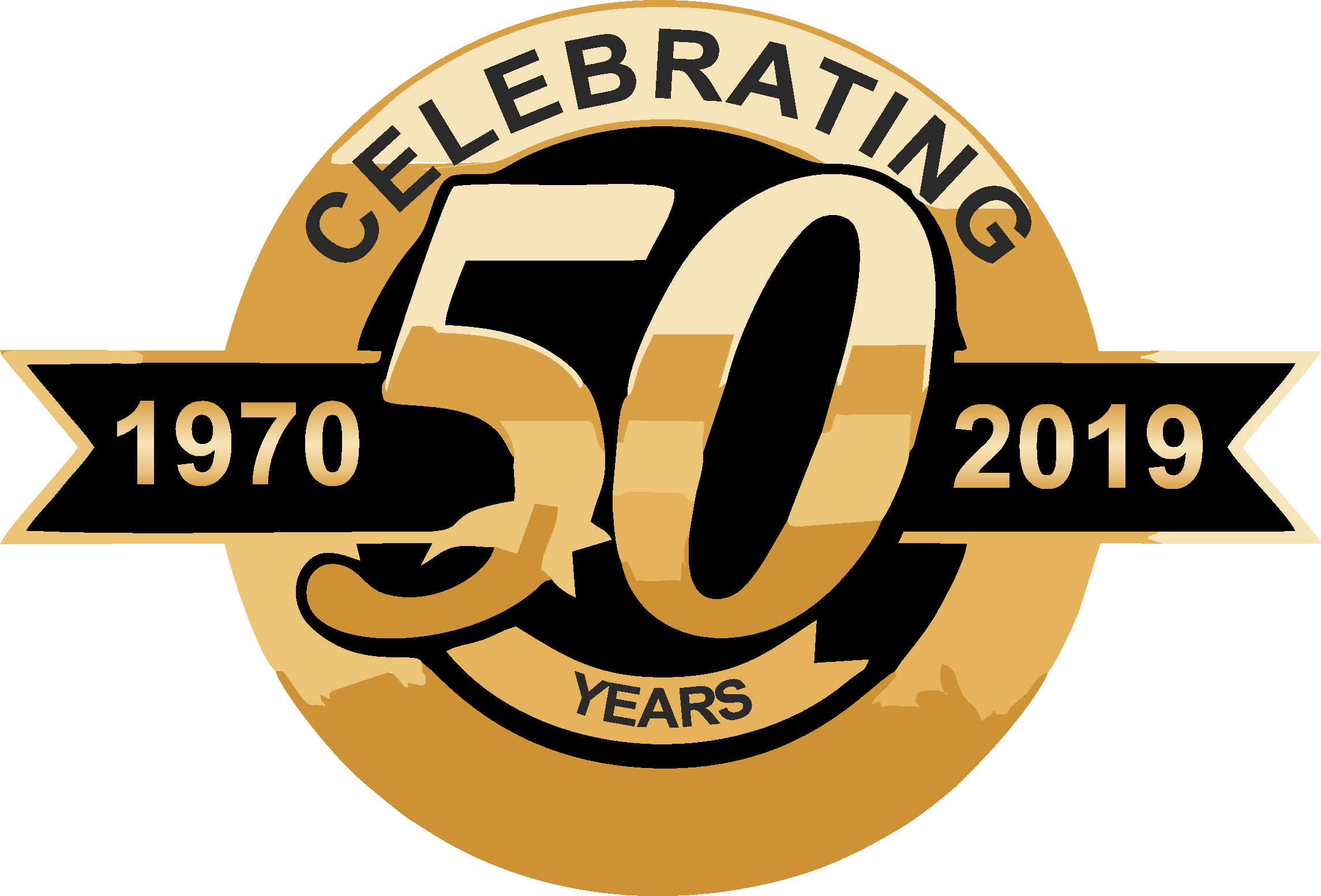














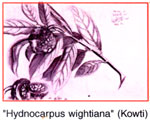


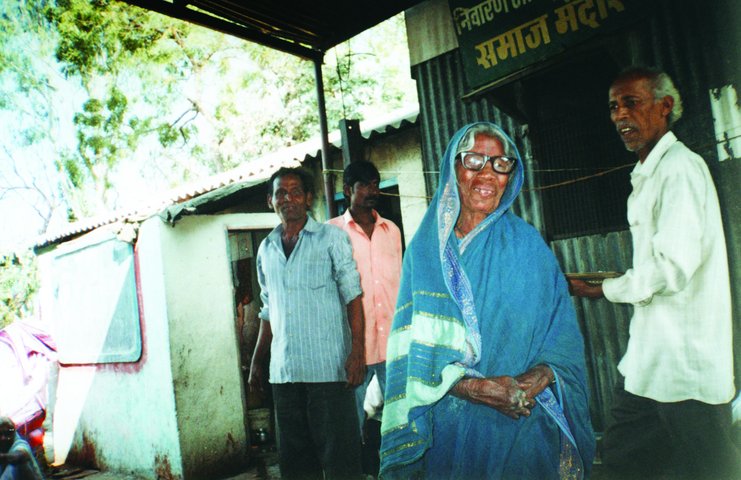
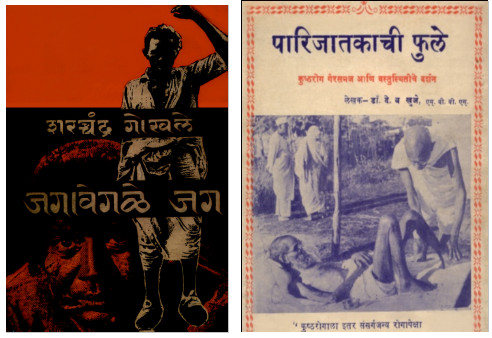




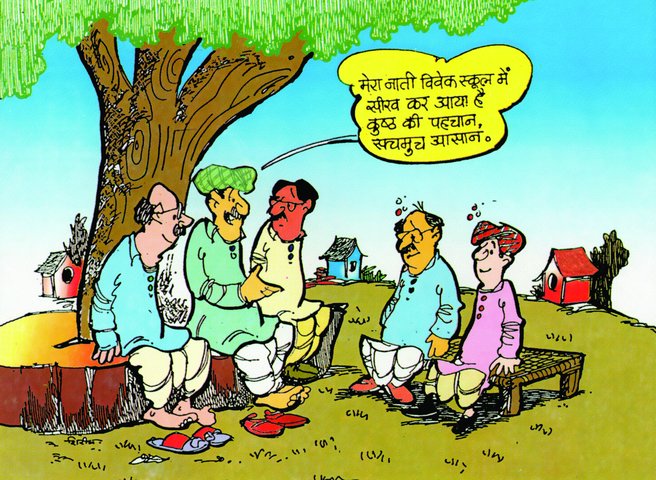
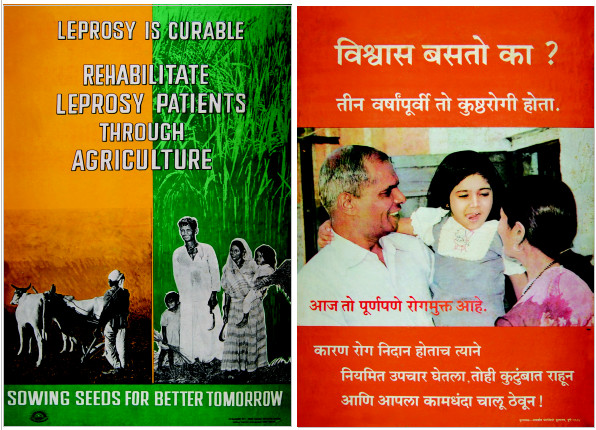
 FOR PAYMENT PLS SCAN ABOVE QR CODE
FOR PAYMENT PLS SCAN ABOVE QR CODE